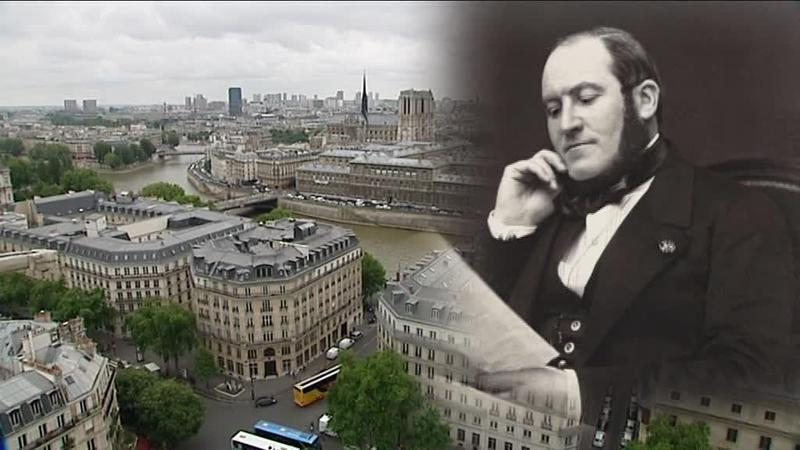Africa Needs Visionary Minister’s of Happiness
- kfsherif
- Dec 14, 2023
- 2 min read
I remain intrigued by the concept of certain countries having Minister’s of Happiness. As economists, we are trained to enhance prosperity. We are not trained to foster happiness. But, let’s try to better understand this concept nonetheless.
Haussman's likeness and a sweeping view of a city that owes its luster to his revolutionary vision. (Creative Commons)
Let’s begin with the basic premise of what happiness is. Happiness is clearly not a goal, it’s a byproduct. So, if your economy has already generated enough wealth for its citizens, it follows that the pursuit of prosperity should be replaced by the pursuit of happiness. So, what does this entail?
What I have already learned is that happiness is both a direction, and a place. Just like you need development, you need to enhance the happiness of your citizens. This is what a Minister of Happiness is tasked to do. And, they develop a happiness roadmap for children, young adults, adults, and senior citizens. Minister’s of Happiness focus part of their efforts on urban planning to ensure that districts within cities provide children with space to play, recreational facilities for young adults, parks, places to shop, libraries, and easy access to health care.
Minister’s of Happiness work with public works departments to help design new urban areas that are beautiful in every respect, sometimes a visual panorama that welcomes you to one pleasing place after another.
Across Europe, a century or so ago, there once were cities like Paris that were dilapidated. Paris was effectively rebuilt by Georges-Eugene Haussmann, Magistrate of Seine, during the reign of Napoleon III, from 1853 until 1870. Haussmann's renovation of Paris was vast. It included the demolition of medieval neighborhoods; the building of wide avenues; new parks and squares; and the rebuilding of the suburbs surrounding Paris. The street plan and distinctive appearance of the center of Paris today are largely the result of Haussmann's amazing transformation efforts.
Like the Paris of old, many African cities today are over crowded and broken down not just due to decades of neglect, but poor urban planning with designs that were never meant to be enduring, or endearing.
As many African countries are now building new modern cities, usually new capitals, while seemingly giving up on the urban decay in their older cities, maybe it’s time for a rethink. Urban planning isn’t just roads, concrete and steel, Haussmann has shown us it’s much more than this. The investments in the old and new African cities of today cannot become the squaller of tomorrow. And, even with limited budgets, maybe Africa needs to look at the construction of new urban areas from a different lens. They need to look at urban planning from the lens of a Minister of Happiness, not just that of a Minister of Public Works. As Buddha once said, “there is no path to happiness, happiness is the path”. And, as Africa constructs these new paths, or rebuilds old ones, it would be wise to remember Haussmann the ultimate Minister of Happiness.























Comments